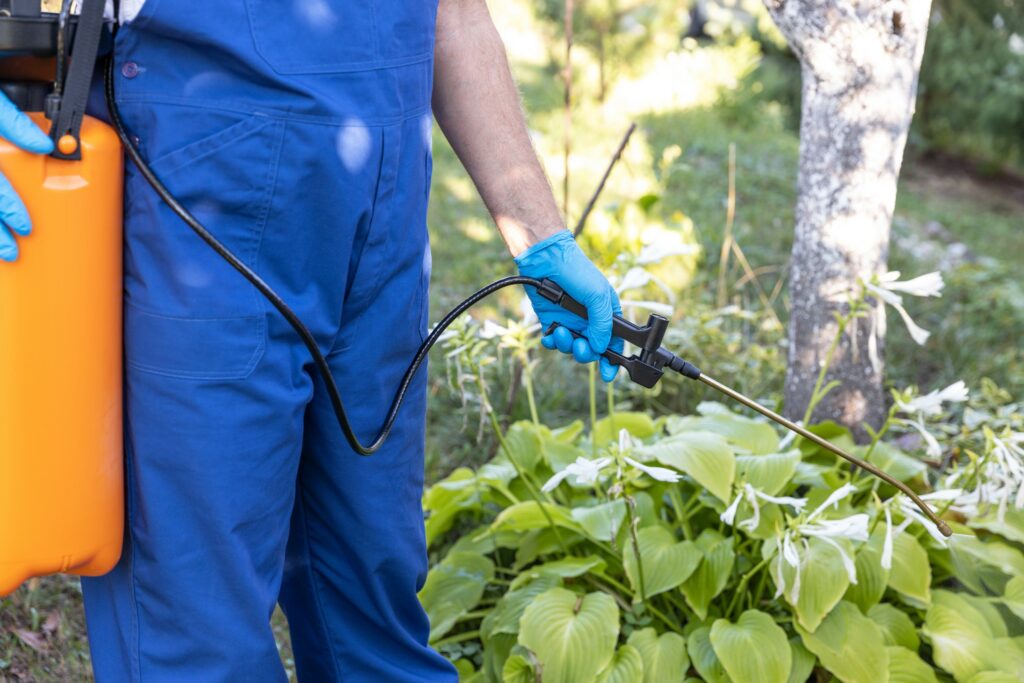
Heavy Rain, Flooding, and Chance of Severe Weather Staring Down the Southern U.S.
January 22, 2024
Posted: May 20, 2023 2:16 pm





How to Most Effectively and Quickly Remove a Tick
Summer is right around the corner which means that the threat of ticks will be increasing. The most concerning aspect of tick bites is that this is how Lyme disease is transmitted. This infection is most prevalent during the late spring and early summer months, meaning that now is the time to put up your guard.
Medical experts estimate that over 300,000 new cases of Lyme disease happen each year in the U.S., making this infection the most common tick-borne illness across North America. Lyme disease is transmitted by deer ticks, a type of species that is extremely small and difficult to spot. This makes it important to be proactive rather than reactive and learn how to prevent tick bites. Here are a few tips to get you started.
Start by setting up a system that protects your home from tick infestations. The first step is to ensure that your lawn is regularly cut and maintained. Ticks have a difficult time thriving in short grass. If you have tall grass or shrubs, consider setting up a specially designed tick barrier to discourage the ticks from encroaching on the home.

Ticks pick up Lyme disease initially from mice. Because of this, you will want to be intentional about eliminating mice habitats. Mice tend to seek out large piles of rocks and wood to live and breed. Lastly, it is a good idea to keep deer out of your yard if you live in an area where these animals roam freely.
While there are a number of proactive steps that you can take to keep your yard a tick-free zone, this is more difficult when you are away from the friendly confines of home. To compensate for this lack of control of your environment, you will want to take the right precautions to enjoy the great outdoors safely.
Ticks are significantly more prevalent in wooded areas, particularly those with overgrown bushes and shrubs. Be sure to remain on marked trails if out hiking in the woods. Avoid high grass or other areas of thick brush.
There are also a number of tools that you can lean on to repel ticks from the body. What you wear can go a long way in discouraging an unwelcome visitor. Good choices when headed outside in an area known for ticks include long sleeves, pants tucked into the socks, and proper footwear. It is not a good idea to wear sandals or other open-toe shoes in the woods.
Insect repellant is also effective in warding off ticks. You will want to carefully read the application instructions when applying any repellant with DEET. The best bet is to choose a product that has been registered and approved by the U.S. Environmental Protection Agency (EPA).
You also need to understand how long the repellent provides protection. The length of protection will typically depend on your activity level and perspiration rate, exposure to water, and the air temperature. Parents should consult with their child’s pediatrician before using repellents containing DEET.
You can also consider treating your clothes with the tick pesticide known as Permethrin. This chemical binds to the material of your clothing and only needs to be reapplied once every two or three months depending on how often you are washing the clothing.
It is a smart practice to immediately shower after spending time in tick-prone areas. This also gives you the opportunity to carefully inspect the body for any ticks. You are at a higher risk of developing Lyme disease the longer that the tick is attached to the skin. The most common places that ticks attach include the scalp, under the arms, the navel area, behind the knees, and on the back. Be sure to ask others to inspect the areas that you cannot see.
Look for ticks through visual inspections and also by using your hands to feel around. This is important for small ticks that are not as visible to the naked eye. Parents should get in the habit of inspecting young children.
Should you discover a tick on your body, it is vital that you take immediate action without panicking. The most effective way to remove a tick is by using tweezers, grasping it between its head and the skin. Pull the tick gently yet firmly. You may notice some small mouthparts left behind on the skin. Lyme disease is not transmitted through these black bits. Simply leave them be and they will fall out eventually.
You will significantly decrease the odds that you develop Lyme disease if you find and remove the tick within the first 24 hours that it attaches. Being proactive about keeping your home free of ticks while implementing these smart practices will help boost the odds that you keep yourself and your family safe from ticks this season.
Did you find this content useful? Feel free to bookmark or to post to your timeline for reference later.

January 21, 2024

January 19, 2024

January 18, 2024